Walk up the steep pathway and into the sanctuary of Temple Beth Israel of Highland Park and Eagle Rock on any Shabbat morning. Congregants will jump up out of their wooden pews to greet you and introduce you to fellow worshippers, even if the service has begun. Chances are they’ll also honor you with an aliyah and invite you to join them for the potluck Kiddush luncheon that follows their traditional but egalitarian Conservative service.
“We’re Temple Beth Haimish,” said Henry Leventon, 76, immediate past president and 30-year member of this independent synagogue, which claims about 50 member families of all ages but which averages only 15 or so participants on a given Shabbat morning.
“We’ve managed to survive because we’re friendly and our dues are reasonable,” Leventon added.
But spend a little time with this collegial congregation, and it’s clear that its survival goes beyond ordinary friendliness to a fierce dedication to each other and to the institution.
At the High Holidays, for example, about 70 congregants come together, filling almost half of the 156-seat sanctuary. Some travel from as far away as Ventura and Orange counties. Others, from places such as New Mexico and North Carolina, whose parents or grandparents belonged to the temple, send annual contributions.
At the Yom Kippur Yizkor service, all 150 names on the memorial board are lit up and read aloud.
These historical ties are authentic. Temple members will proudly tell you that they believe they’re the oldest congregation in Los Angeles to continuously hold Shabbat and High Holiday services in their original building, a fact confirmed by Steve Sass, president of the Jewish Historical Society of Southern California.
The longevity, in large part, can be attributed to a deep-seated spirit of volunteerism, especially among the nine men and women who comprise the board of directors. Indeed, the temple is almost entirely member run, with the exception of Cantor Ken Rothstein, hired to lead services every Shabbat morning, and retired Rabbi Lewis Bogage of Denver and Palm Springs, who officiates at High Holiday services.
Congregants do everything from delivering drashes on the weekly Torah portion to working on a major re-landscaping project for the 8,000-square-foot front yard to taking home the garbage after every Kiddush luncheon and holiday celebration, saving on waste disposal fees.
“It’s lay leadership at its best,” Bogage said.
This participatory style dates back to the congregation’s founding in 1923 when Esther Weinstein, newly relocated with her husband and young children from Boston to Highland Park, went searching for a Jewish community at a time when most Jews were clustered farther east, in Boyle Heights. Undaunted, she asked her postman for the addresses of local families with Jewish-sounding names and visited them. When enough families expressed interest in forming a synagogue, Weinstein called a meeting, convincing everyone that “di kinder darfn hobn a talmud toyre” (“the children need a religious school”).
Thus was born the Highland Park Hebrew School Association (which changed its name to Temple Beth Israel in 1946). The group began assembling in members’ homes and rented spaces. Finally, after years of vigorous debate among members, ground was broken on Aug. 17, 1930, for a permanent building on a plot of land purchased six years earlier, up on a hill on Monte Vista Avenue, between avenues 57 and 58.
The following month, the congregation held High Holiday services on that property. The building, according to the synagogue’s first yearbook, published in 1948, consisted of “just the frame, unadorned, with cheese-cloth for plaster, and rough boards for flooring, but it was a temple.”
By December of that year, the streamlined modern building, with its sanctuary rimmed with amber stained-glass windows featuring blue borders and blue Stars of David in white circles, was completed. It cost $4,077.88, leaving a balance of only $38.04 in the synagogue’s checking account and $17.57 in savings.

“It was never a wealthy congregation in any sense of the word,” said Pauline Weinstein Ledeen, 96, the daughter of Esther Weinstein. But through the years members have generously donated their time and their skills.
The synagogue has undergone two renovations, both in the 1950s and both designed and supervised by temple member and interior architect Jerome Share. In the sanctuary, Share added a new ark, paneling and new wooden pews. He also created a new eternal light and a “lion of Judah” wire sculpture above the two sanctuary doors. Additionally, the project entailed remodeling the now outdated kitchen.
The synagogue, however, remains its original size of about 4,000 square feet. In addition to the sanctuary and large but basic kitchen, it includes a social hall, connected to the sanctuary by an accordion-pleated divider, two small bathrooms, a tiny office and a cloakroom that now serves mostly as a storage area.
Ledeen, a retired attorney and community advocate, grew up at Temple Beth Israel and still attends almost every Shabbat. She recalls the temple’s heyday, from the 1930s to the early 1960s, when membership numbered about 200 families, many of whom owned stores on nearby Figueroa Street. In addition to regular Shabbat and holiday services, the synagogue sponsored an active Hebrew school and sisterhood, as well as holiday celebrations and donor dinners.

In fact, in 1960, when Rabbi Eli Schochet was newly ordained from the Jewish Theological Seminary in Manhattan and seeking a congregation in California, he found two openings: one at Temple Beth Israel, which he described on the Shomrei Torah Synagogue Web site as “an established functioning synagogue in an established Jewish community,” and one at Congregation Beth Kodesh in Canoga Park, which he said was “more pioneering venture than shul.” He selected the latter, which, having merged with Temple Beth Ami in 1994 to form Shomrei Torah Synagogue, is now firmly ensconced in West Hills.
Still, Temple Beth Israel perseveres, albeit on a shoestring budget compared to many shuls. Last year, the temple’s annual budget totaled $34,000, according to secretary-treasurer Ken Ofgang. It endures despite the fact that the ever-westward-moving Jewish population has now rendered it the “pioneering venture.” The challenge, according to current president and 10-year member Bill Fishman, is to develop programming to entice new members and yet maintain the present level of activity.
Already, in addition to Saturday morning and holiday services, the synagogue hosts an annual Chanukah party, which incorporates the lighting of a member-made PVC pipe chanukiyah on the front lawn; a Purim shpiel, which is perfected and enhanced every year, and a second-night seder, which is always an immediate sellout. Two years ago, a monthly Friday evening service, conducted by congregant Mark Strunin, was added to the mix.
However, the synagogue has no religious school — no one seems to know when the former one ended, though they say it was never a formal program, but rather congregant-led classes. There is also no formal b’nai mitzvah program, which is a major deterrent for families with young children. To begin addressing this issue, Ed Leibowitz, 10-year temple member and father of a 2-year-old son, is spearheading a monthly Sunday morning Parent and Me program, geared for 2- to 6-year-olds and taught by volunteer parents and older congregants. Leibowitz envisions the class, slated to begin this fall, as a way for children to learn about Jewish traditions and holidays through art projects, food and other fun activities.
Another challenge is the absence of a wheelchair accessible entrance, particularly problematic since the temple sits atop a hill, placed far back on the property. This was a deliberate decision on the part of the original architect, a young man whose name has become lost but whose vision lives on: he had previously designed only markets and believed a synagogue should be placed as close to God as possible.
“It’s great for lofty biblical reasons but awful for practicality,” said past president Leventon.
Board members hope eventually to remedy the situation, but just the cost of hiring a surveyor, a necessary first step, is prohibitive.
Finances remain tight. Some of the operating income comes from dues — $340 for a family, $200 for a single person and even less for a single senior — and from the annual High Holiday pitch, regularly given by Leventon and always targeted toward a specific cause. This year the Belfast-born Leventon, in his most persuasive Irish brogue, plans to ask for money to repair the temple’s five Torahs.
In addition, various grants, as well as occasional large donations, come in, enabling the synagogue always to meet its financial obligations.
“It’s one of those miracles,” said Ofgang, who lists insurance coverage as the synagogue’s major expense, followed by utility bills and salaries.
Over the past few years, the synagogue has engaged in some reorganization and renewal projects in an attempt to attract new faces. Four years ago, Fishman, the “most computerized” of the congregants, constructed a synagogue Web site as well as a database of members and other supporters.
Specifically for the High Holidays, Fishman sends out letters to all 240 people in the database, soliciting donations and offering $50 High Holiday tickets to nonmembers. He also advertises in the local community newspaper, the Boulevard Sentinel.
Two years ago, a major landscaping project was initiated, a “spiritual journey path” that is replacing the expansive overgrown and weed-ridden lawn with native shrubs and that links environmental stewardship with Jewish spirituality. It’s being accomplished with the assistance of temple member Jerry Schneider, long interested in sustainable landscaping, and the Coalition on the Environment and Jewish Life of Southern California.
At the same time, an electric outdoor sign that had been sitting in pieces in the basement was rewired, repainted and replaced on the front lawn, proving to passersby that Temple Beth Israel is “still in business.”
For the long haul, congregants are hoping the eventual re-gentrification of the Highland Park and Eagle Rock communities will bring in new families and singles to this essentially non-Jewish neighborhood. In the meantime, the small band of self-described “participatory and scrappy” temple members, bound together by their love of Judaism and deep historical and personal bonds, keeps the synagogue afloat.
“This is almost the kind of Judaism that people’s grandfathers and grandmothers used to tell them about in Brooklyn or the Bronx,” said board member Leibowitz, “where money meant nothing and where participation meant everything.”
Freelance writer Jane Ulman lives in Encino.








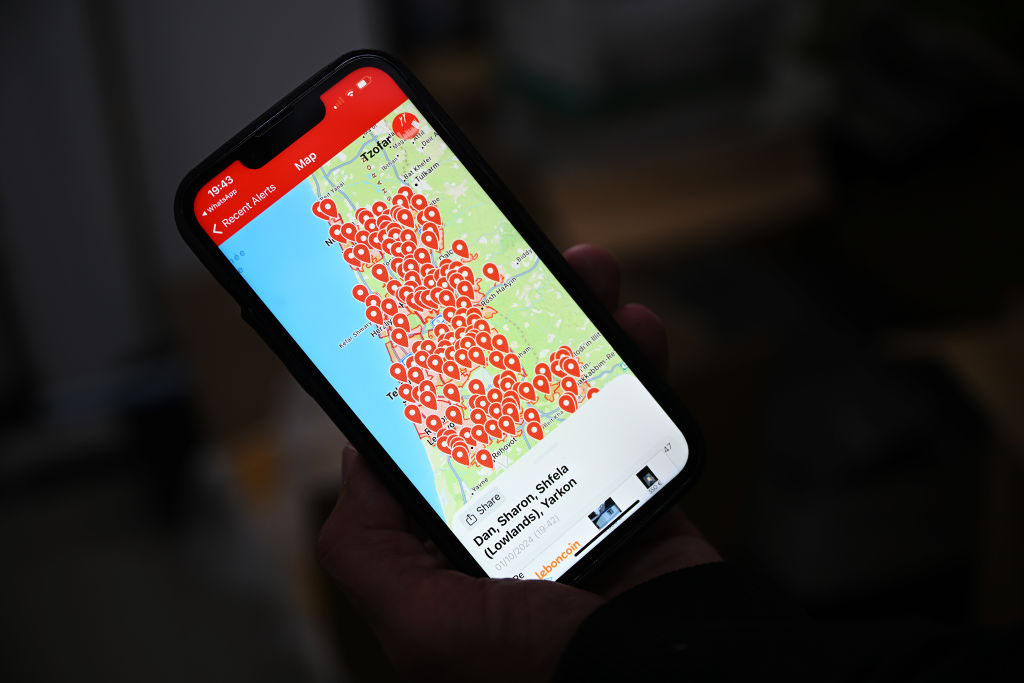
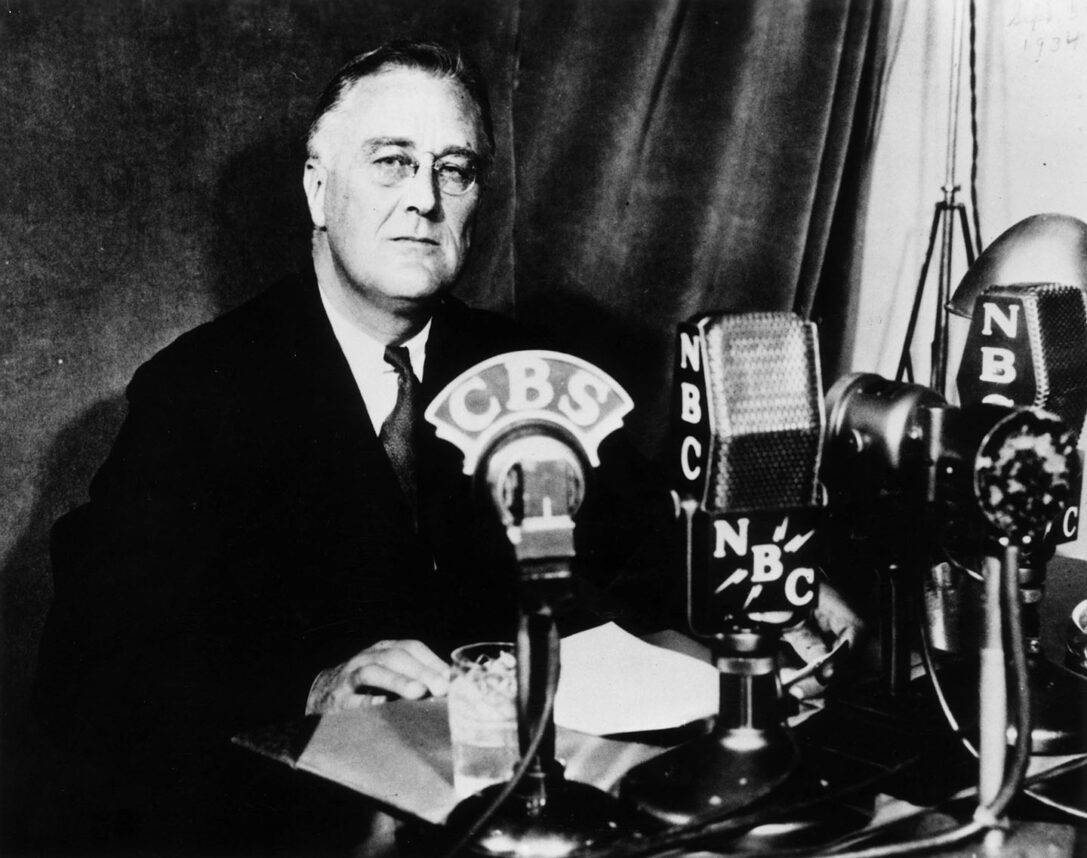
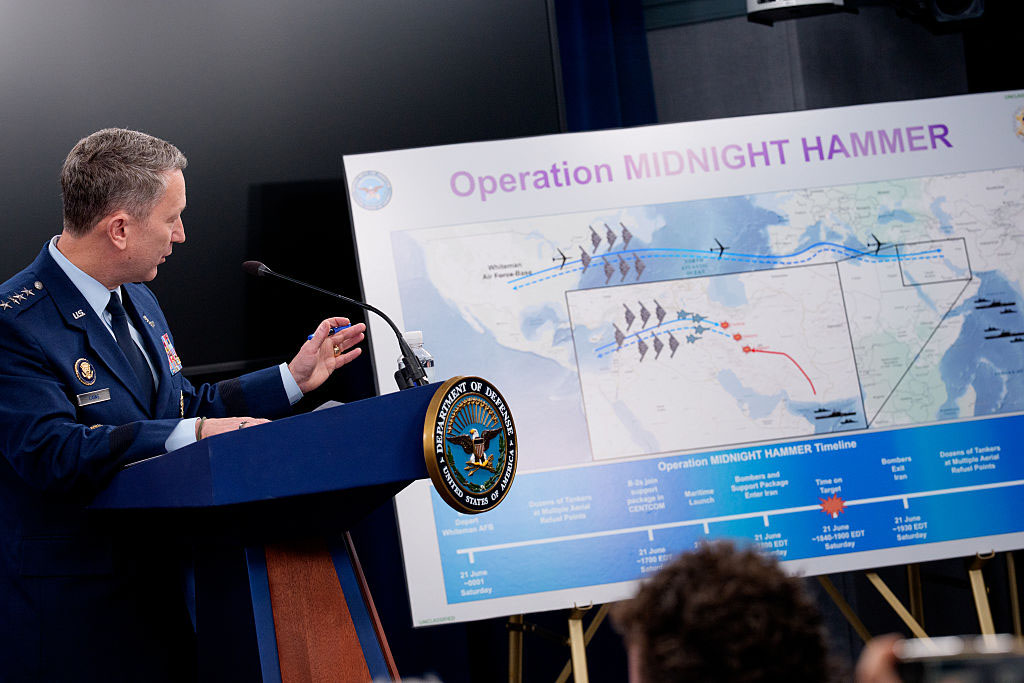

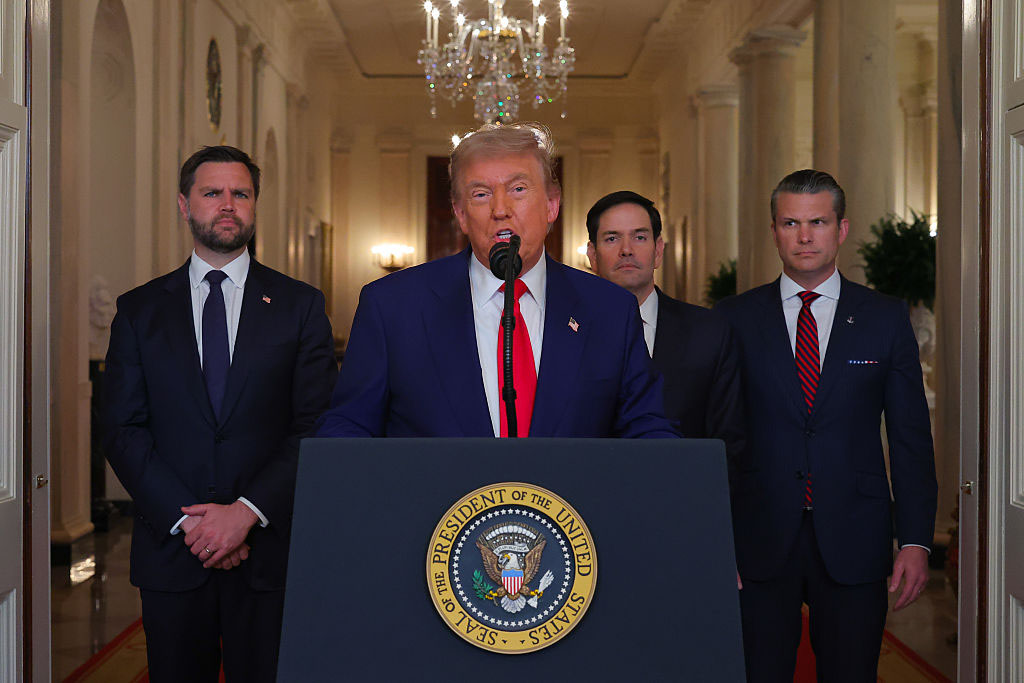
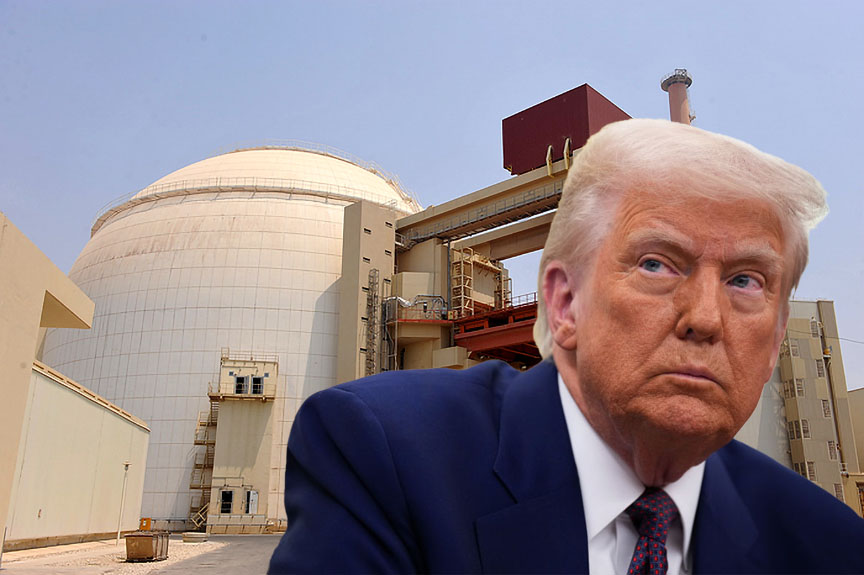


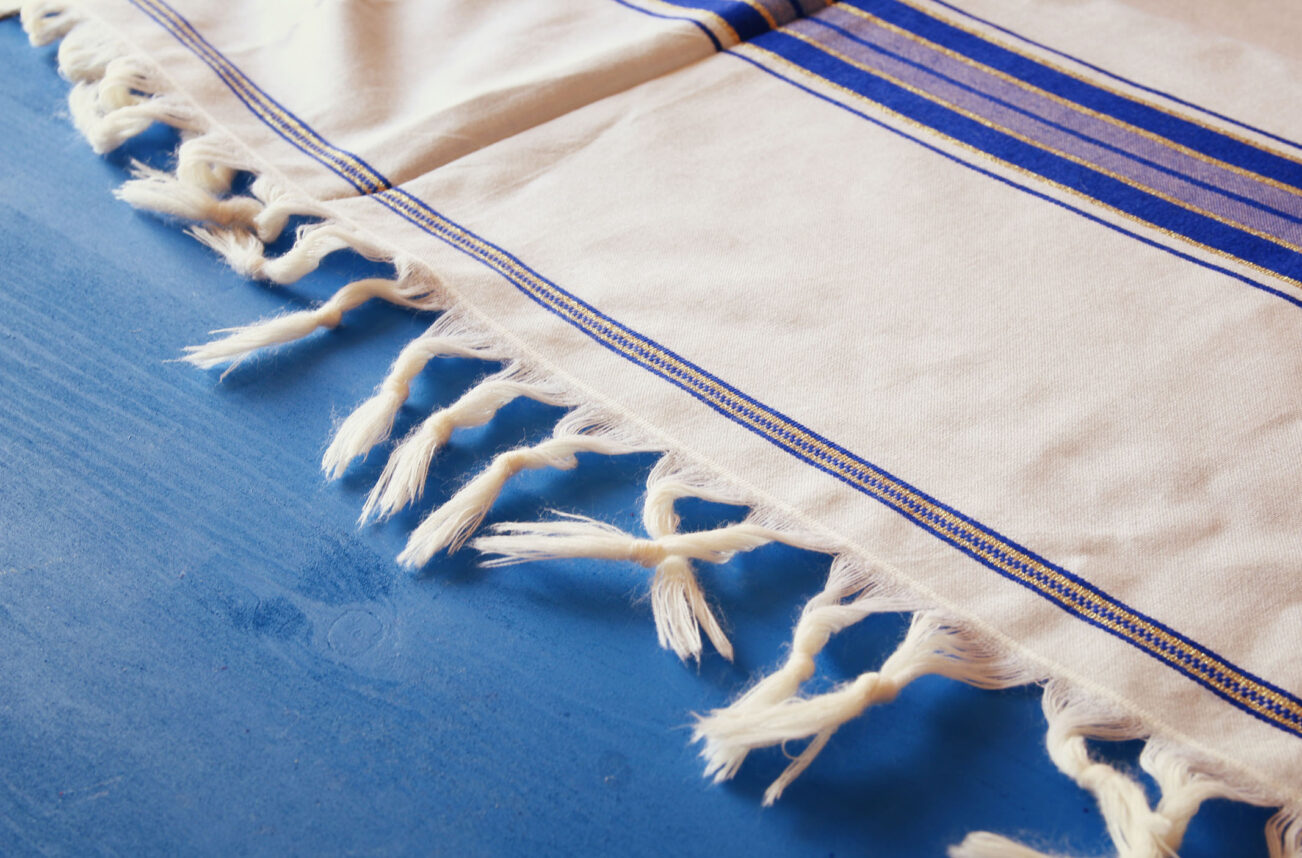



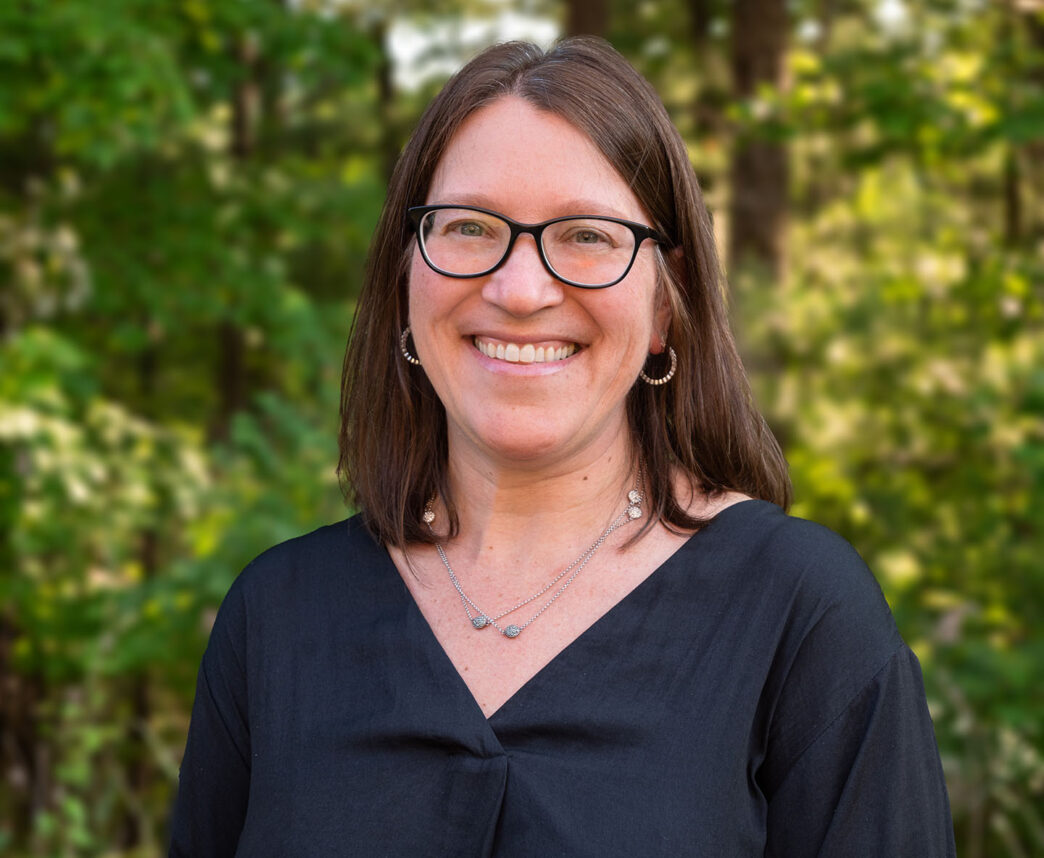
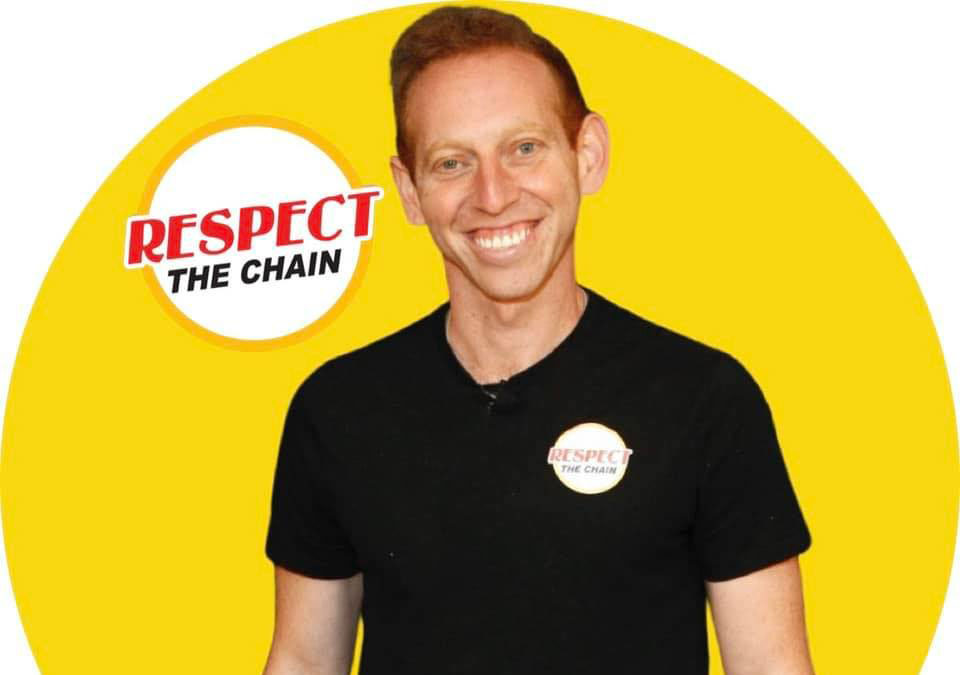

 More news and opinions than at a Shabbat dinner, right in your inbox.
More news and opinions than at a Shabbat dinner, right in your inbox.